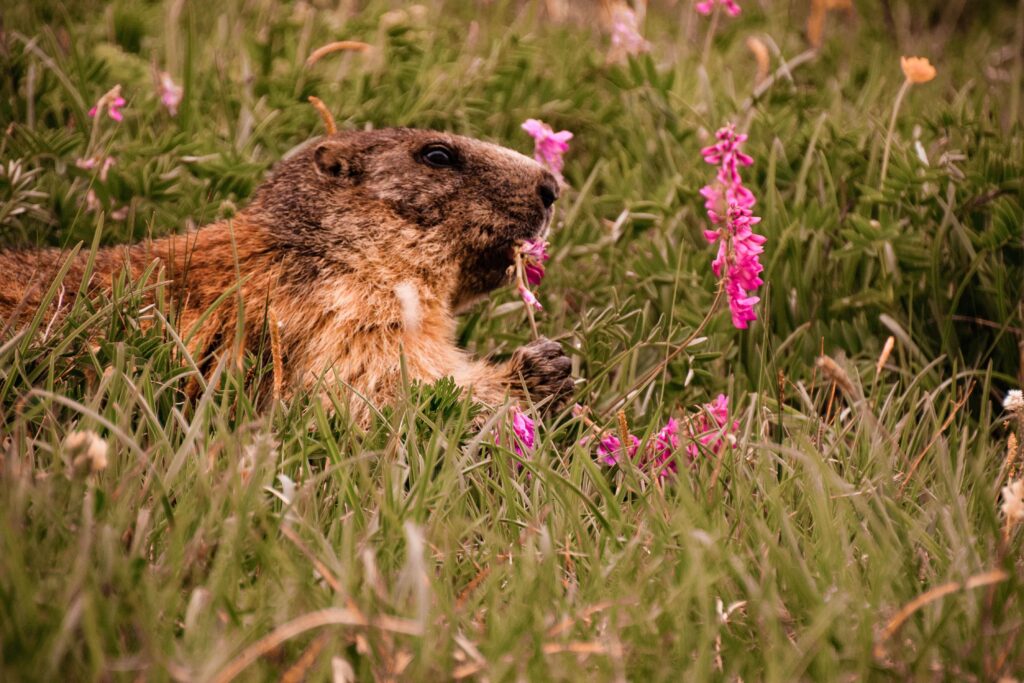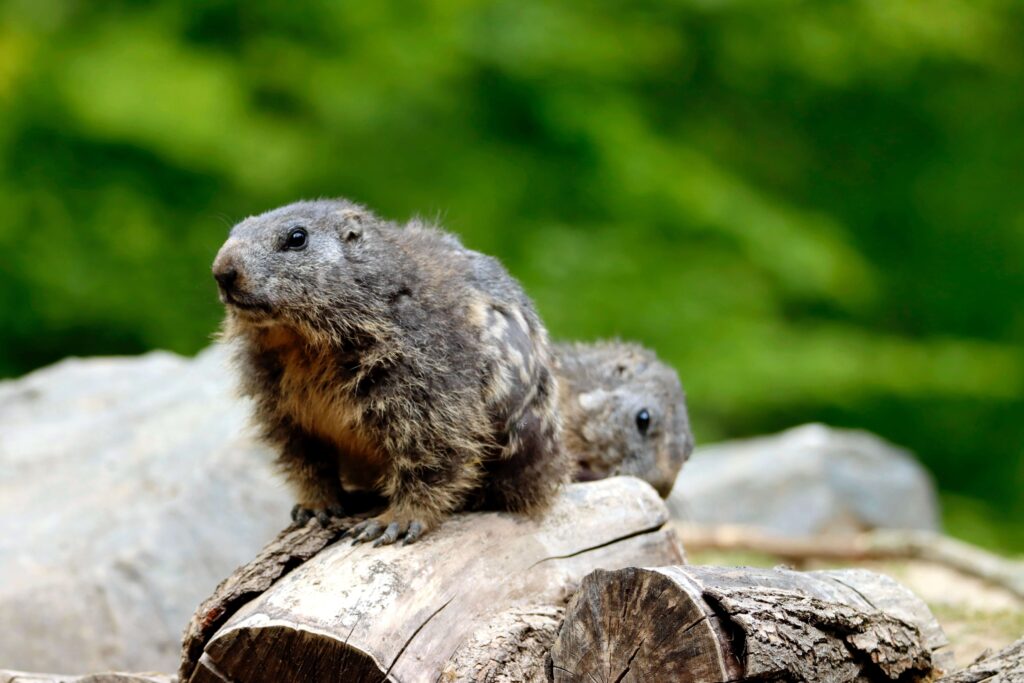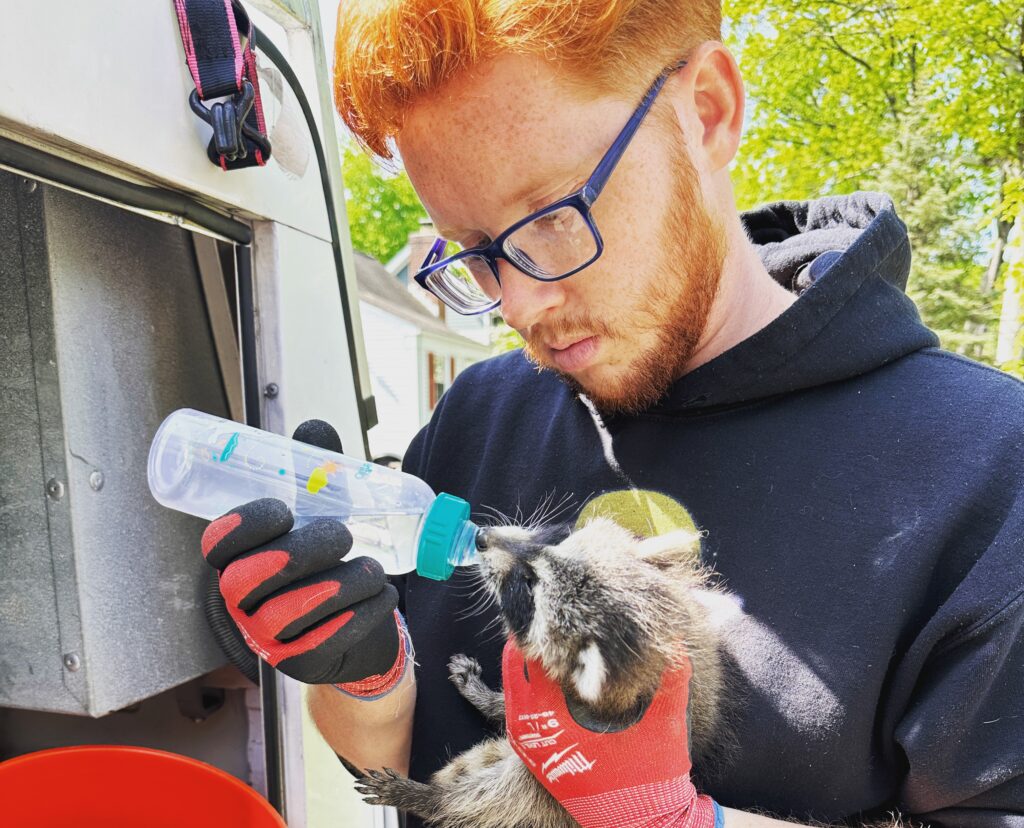In the picturesque landscapes of New Jersey, the emergence of groundhogs has become a common challenge for residents, necessitating the need for effective and humane removal methods. Groundhog infestations not only disrupt the natural balance but can also wreak havoc on gardens, lawns, and property structures. In this article, we delve into the nuanced world of “Groundhog Removal in New Jersey” and explore strategies that not only address the immediate concerns posed by these furry creatures but also do so in a manner that prioritizes their well-being.
The delicate ecosystem of New Jersey demands a thoughtful approach to pest control, particularly when dealing with groundhogs. This article aims to shed light on the significance of adopting ethical practices in “Groundhog Removal NJ,” recognizing the importance of coexistence while safeguarding our homes and surroundings. From understanding the behavior of groundhogs to exploring safe and humane removal methods, we navigate through the intricacies of this challenge, emphasizing the need for a harmonious balance between human habitats and wildlife.
As we embark on this exploration of groundhog removal in the Garden State, it is our intention to empower residents with the knowledge and tools required to tackle groundhog infestations responsibly, ensuring a harmonious coexistence between nature and the residents of New Jersey.
Key Takeaways
- Gain insights into groundhog habits, recognizing their burrowing tendencies, dietary preferences, and seasonal patterns to inform effective removal strategies.
- Acknowledge the complexity of "Groundhog Removal in New Jersey," addressing common misconceptions, the urgency of timely action, and the potential risks associated with ineffective methods.
- Embrace eco-friendly approaches, including natural deterrents, non-lethal traps, and exclusion techniques, ensuring a balance between effective removal and ethical considerations.
- Stay informed about New Jersey's wildlife regulations to avoid legal consequences associated with unauthorized or inhumane removal methods.
- Implement proactive measures to deter future groundhog infestations, such as securing entry points, maintaining a well-kept landscape, and employing sustainable practices.
Understanding Groundhog Behavior
To effectively address the challenge of “Groundhog Removal in New Jersey,” it is crucial to gain a deeper understanding of groundhog behavior. These burrowing mammals, also known as woodchucks, exhibit distinctive habits that play a significant role in their interaction with human habitats. Groundhogs are attracted to areas abundant in vegetation, making New Jersey’s lush landscapes an ideal habitat.
Understanding their habits involves recognizing their burrowing tendencies, which can lead to extensive tunnel systems beneath lawns and gardens. Groundhogs are primarily herbivores, with a penchant for consuming vegetables, fruits, and ornamental plants, often causing damage to crops and landscapes. This behavior underscores the need for strategic and humane “Groundhog Removal NJ.”
Moreover, groundhogs are known for their hibernation patterns, seeking shelter in their burrows during winter months. This seasonal behavior impacts the timing and approach to removal efforts, requiring a comprehensive strategy that aligns with their natural cycles. As we delve into the intricacies of groundhog behavior in New Jersey, we pave the way for informed and compassionate solutions, ensuring a balanced coexistence between residents and these industrious creatures.
The Challenge of Groundhog Removal
Addressing the challenge of “Groundhog Removal in New Jersey” presents homeowners with a multifaceted dilemma that extends beyond the immediate need to safeguard property. The persistence and adaptability of groundhogs make their removal a nuanced task, requiring a comprehensive approach to mitigate potential risks and damages.
One common challenge is the prevalent misconceptions surrounding groundhog behavior and removal techniques. As residents grapple with the presence of these burrowing mammals, there is a need to dispel myths and embrace a well-informed perspective on effective “Groundhog Removal NJ.” Delaying action or relying on ineffective methods may exacerbate the situation, leading to heightened property damage and increased frustration for homeowners.
Moreover, the urgency of groundhog removal is underscored by the risks associated with their activities. Beyond the visible damage to gardens and lawns, groundhog burrows pose structural threats, potentially compromising the integrity of buildings and other outdoor structures. This challenge necessitates a timely and strategic response, balancing the need for swift resolution with a commitment to humane and responsible removal practices.
Safe and Humane Groundhog Removal Methods
Navigating the task of “Groundhog Removal in New Jersey” requires a conscientious approach that prioritizes the safety and well-being of both residents and the groundhogs themselves. Safe and humane methods play a pivotal role in achieving this delicate balance, ensuring an effective resolution without resorting to harmful measures.
One eco-friendly approach involves the use of natural deterrents tailored for “Groundhog Removal NJ.” Employing plant-based repellents and environmentally friendly barriers can discourage groundhogs from frequenting specific areas without causing harm. This not only protects your property but also aligns with the principles of ethical wildlife management.
Non-lethal traps emerge as another viable option in the arsenal of safe removal methods. Utilizing live traps allows for the capture and subsequent relocation of groundhogs to more suitable habitats. However, it is imperative to approach trap usage with caution, adhering to ethical guidelines and local regulations to minimize stress and ensure the well-being of the captured animals.

The Role of Professionals in Groundhog Removal
Recognizing the complexity of “Groundhog Removal in New Jersey,” the involvement of professionals becomes a crucial element in ensuring a thorough and effective resolution to the challenges posed by groundhog infestations. Groundhog removal requires a nuanced understanding of these animals’ behavior, legal considerations, and the application of humane methods, making the expertise of professionals invaluable.
Professional pest control services specializing in “Groundhog Removal NJ” bring a wealth of knowledge to the table. These experts are well-versed in the habits of groundhogs, enabling them to devise tailored strategies that address the specific dynamics of each infestation. By leveraging their experience, professionals can navigate the intricacies of groundhog behavior and implement targeted removal methods.
One of the key advantages of seeking professional assistance lies in the use of ethical and humane practices. Trained professionals prioritize the well-being of both residents and groundhogs, employing non-lethal traps and relocation strategies that align with ethical wildlife management principles. This approach not only ensures an effective removal process but also reflects a commitment to responsible coexistence with the local ecosystem.
Legal Considerations in Groundhog Removal
When engaging in “Groundhog Removal in New Jersey,” it is imperative for residents to be cognizant of the legal considerations that govern wildlife control in the state. Understanding and adhering to these regulations not only ensure compliance with the law but also contribute to the ethical and responsible management of groundhog infestations.
New Jersey has specific guidelines and regulations in place to safeguard the well-being of wildlife, including groundhogs. Residents undertaking “Groundhog Removal NJ” must be aware of these legal parameters to avoid unintended consequences and legal ramifications associated with unauthorized removal methods.
The use of inhumane or lethal removal techniques may not only be ethically questionable but could also be in violation of wildlife protection laws. Residents are encouraged to seek professional assistance, ensuring that the removal process aligns with legal standards and ethical practices. By doing so, individuals contribute to the preservation of local ecosystems while responsibly addressing the challenges posed by groundhog infestations.
FAQs
What are common signs of a groundhog infestation on my property in New Jersey?
Signs include extensive burrow systems, damaged gardens, and visible groundhog activity, such as mounds of dirt and chewed vegetation.
Is groundhog removal necessary, or can I coexist with them peacefully?
While coexistence is ideal, extensive damage caused by groundhogs may necessitate removal to protect property. Balancing humane methods is key.
What are humane methods for groundhog removal in New Jersey?
Humane methods include natural deterrents, non-lethal traps, and exclusion techniques. Seeking professional assistance ensures a humane approach.
Can I relocate a captured groundhog myself?
It’s recommended to consult professionals for relocation, ensuring it’s done safely and in compliance with wildlife regulations.
Is it possible to solve a groundhog infestation without harming the animals?
Yes, employing humane methods such as live traps and natural deterrents can effectively address groundhog infestations without causing harm to the animals.
Conclusion
In conclusion, managing “Groundhog Removal in New Jersey” requires a holistic approach that prioritizes the well-being of both residents and the local wildlife. The delicate balance between preserving the natural ecosystem and safeguarding our properties necessitates the adoption of safe, humane, and ethical removal methods.
By understanding groundhog behavior, residents can make informed decisions about the most effective strategies to address infestations. Natural deterrents, non-lethal traps, and exclusion techniques play pivotal roles in achieving successful outcomes while respecting the intrinsic value of these creatures.
For expert assistance in addressing groundhog infestations, contact Kritter Catchers at +1-877-468-5748. Our professionals specialize in humane “Groundhog Removal NJ,” offering effective solutions that prioritize the welfare of both residents and the local wildlife. Take the next step towards a balanced coexistence—call us now.


